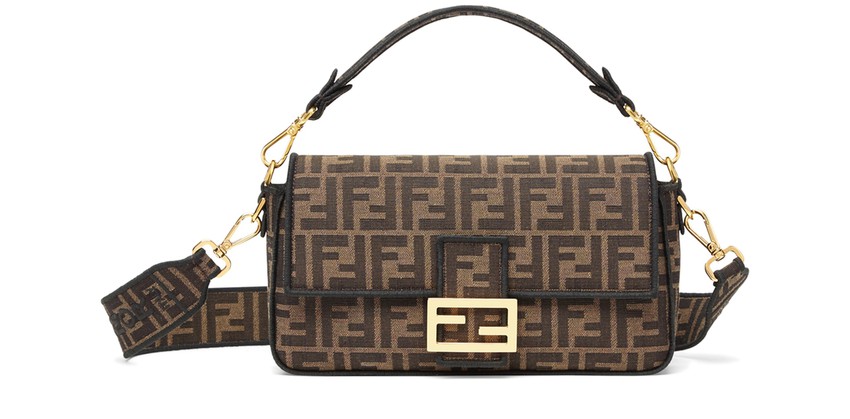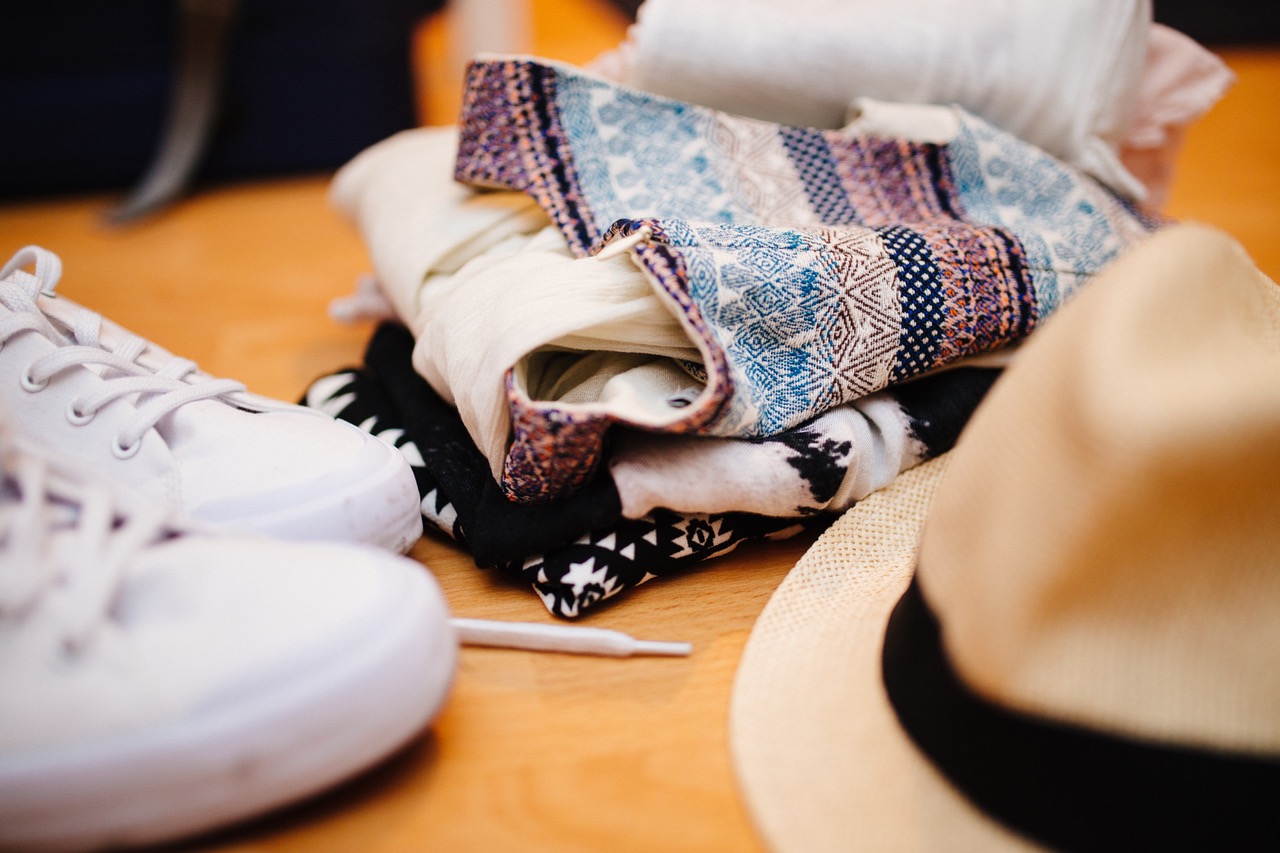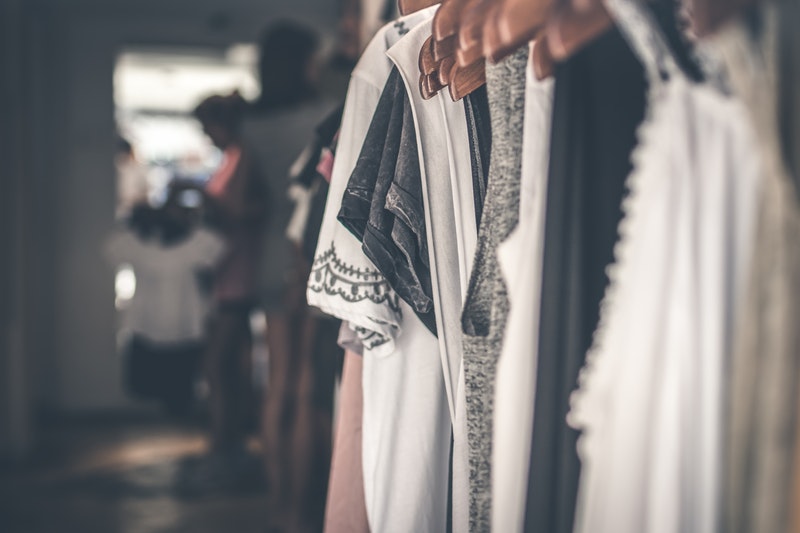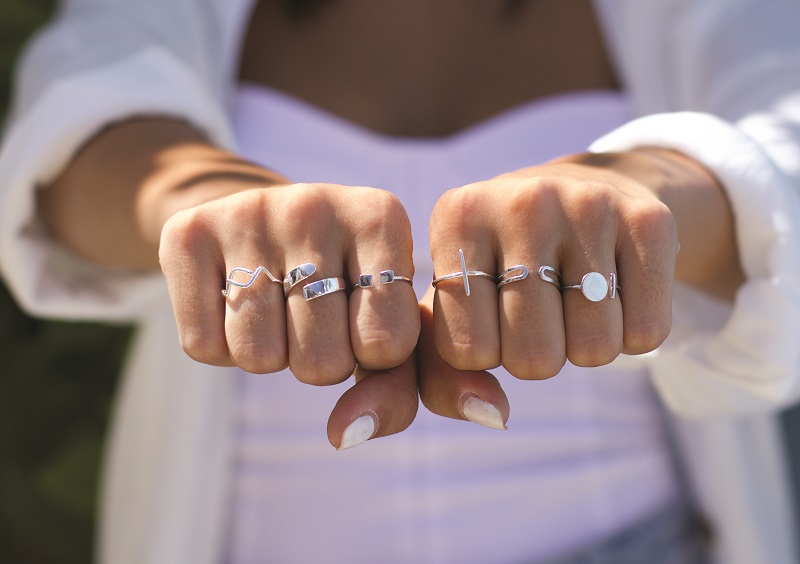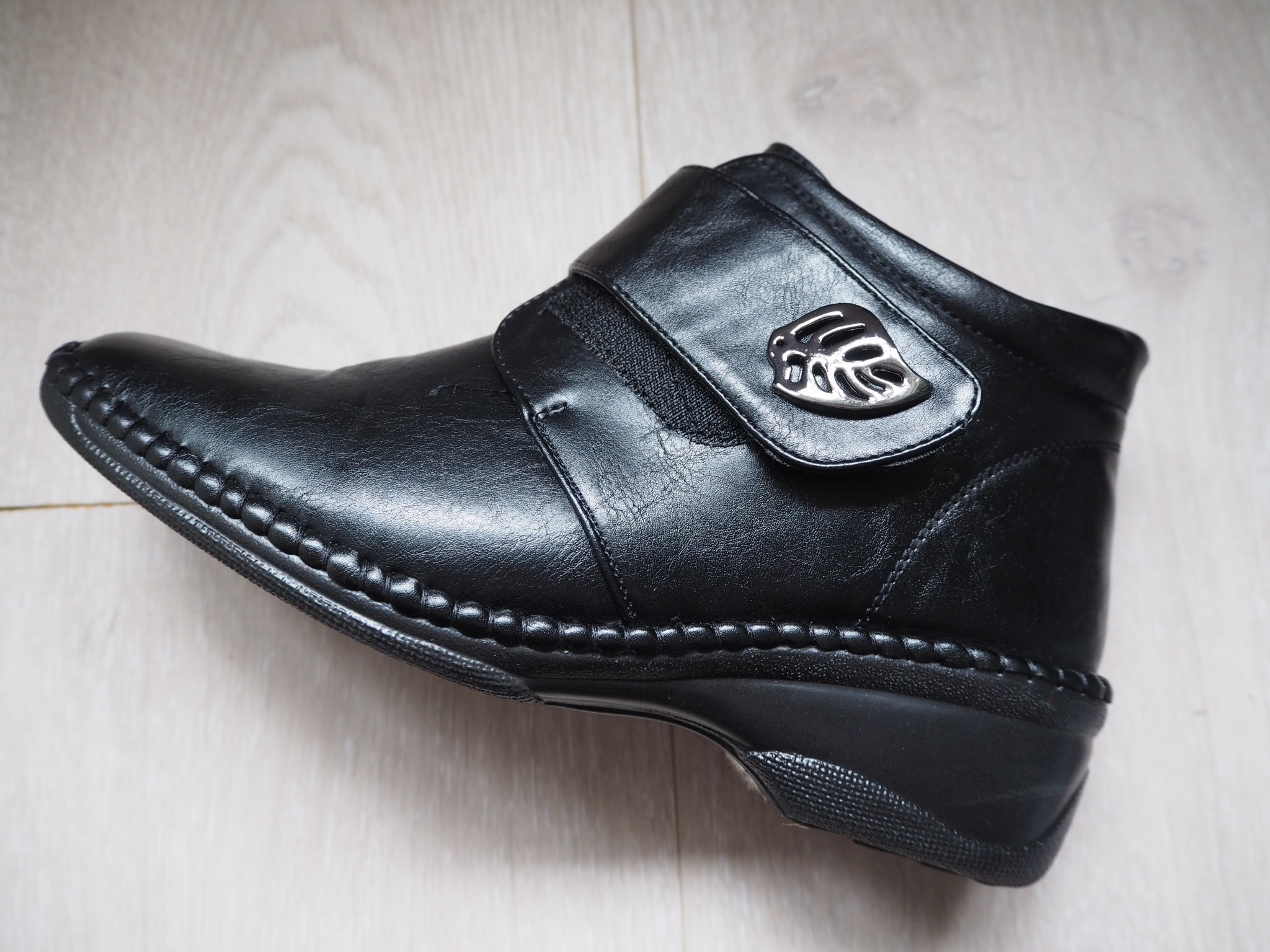Top 5 Tips to Identify Victorian Jewellery
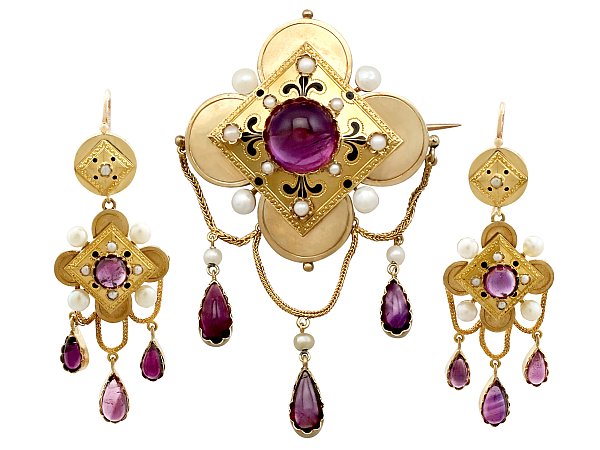
1. Size Matters
In the Victorian era, women’s lives were typically bound to the house. They were in change of ensuring that cooking and cleaning was tended to, as well as other domestic responsibilities. Women in high society who could afford jewellery lived much the same, as it was believed that too much fresh air wasn’t beneficial to a woman’s delicate disposition. Because of this, jewellery from this period is often bulky, comprised of thick gold and large gemstones.
Since women didn’t get out and about much, their jewellery didn’t need to be as light or slender as much of the jewellery that came after the Victorians. With the Industrial Revolution, many women found work, and had money of their own to spend, and increased independence, meaning they were free to take part activities that required less chunky heavy jewellery. Look for large items that have a lot of weight to them when trying to identify Victorian jewellery.
2. Carved Cameos
Carving into different materials has always been popular for jewellery. During the Victorian period, carved shell, coral, and agate found significant popularity in the form of cameo brooches. A resurgence of public interest in Ancient Greece and Rome – in no small part due to the discovery of the preserved ruins of Pompeii – saw a lot of jewellery imitating themes from civilizations past. Among the most popular of these themes was the cameo.
Taking the form of figures – usually women – sitting in profile, the cameos of the Victorian period frequently took very direct influence from their archaic counterparts, with the figures resembling Ancient Greek and Ancient Roman women as depicted in art contemporary to the time. Carving into hard material like shell has created pieces that have stood the test of time. It’s truly a luxury to be able to own a cameo from the Victorian period.
3. Acrostic Jewellery
Acrostic jewellery might sound like a strange concept, but really it’s quite charming. During periods of courtship and wooing, people had to be very careful to avoid rousing any suspicions about their honourable intentions. An easy way for a man to profess his feelings about his love without being scrutinised was through acrostic jewellery. By presenting an item – usually a ring – to his beloved, he could use the gemstones to spell out a message just for her.
The two most common acrostic items are ‘regard’ rings and ‘dearest’ rings. A regard item will feature rubies, emeralds, garnets, amethysts, (more) rubies, and diamonds in that order. Diamonds, emeralds, amethysts, rubies, (more) emeralds, sapphires, and topaz are used to create ‘dearest’. These rings allow the giver to express their feelings toward their loved ones, like a secret whisper in a time when such action would have been something of a scandal. This is a sadly somewhat lost practice, and could definitely do with a revival.
4. Snakes
Although serpents are generally considered to be symbols of villainy and slyness in today’s society, the Victorians saw them very differently. The winding, legless bodies of snakes were seen as a representation of eternity. Using snakes in jewellery was intended to signify that two people would be in love forever. Queen Victoria herself was presented with a snake engagement ring by Prince Albert.
The popularity of snake jewellery – especially rings – was strong throughout the Victorian period, and even had some popularity into the 20th century. Typically, these rings resemble two snakes, with their bodies intertwined. While at one point this represented a long, faithful union, snake jewellery no longer has the same connotations. If you or your loved one has soft spots for Victorian jewellery, consider a snake motif for your next gift. Snake rings may no longer be popular choices for engagement rings, but it doesn’t have to stay that way.
5. Hallmarks
Do not underestimate the importance of hallmarks when it comes to trying to figure out the date for an item of jewellery. Hallmarks are a giveaway for all manner of jewels, and all should be possible to date to a specific time period, and in many cases the city in which the piece was made should also be possible. Victorian jewellery is sometimes hallmarked, especially if it is of a high quality.
Hallmarking jewellery is not an especially common practice, even today the most hallmarking lots of jewellery receives is quality markings that state the quality of the metals used in the production of the piece. Date hallmarks are sometimes used, and these are the most useful for identifying Victorian jewellery. Date hallmarks are letters, where each letter represents a year of production. Other markings that can help are assay marks, which signify when an item was taxed. These markings can all help in providing a rough estimate for the age of an item.
Sometimes, trying to identify Victorian jewellery can seem very daunting and overwhelming. If you keep these helpful tips in mind, you stand a decent chance at finally learning if what you’re looking at is costume imitation or the real Victorian deal! Exciting stuff!
